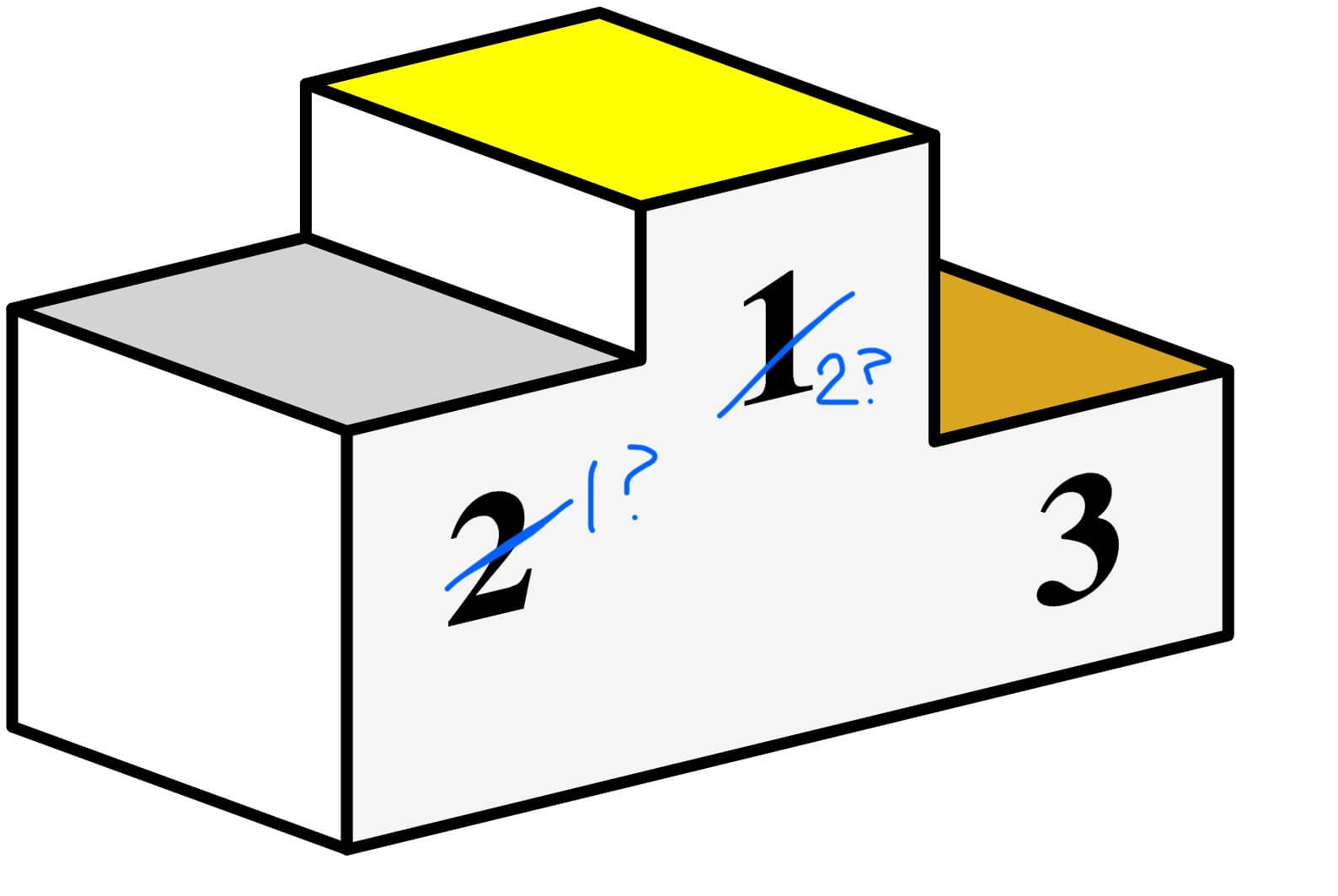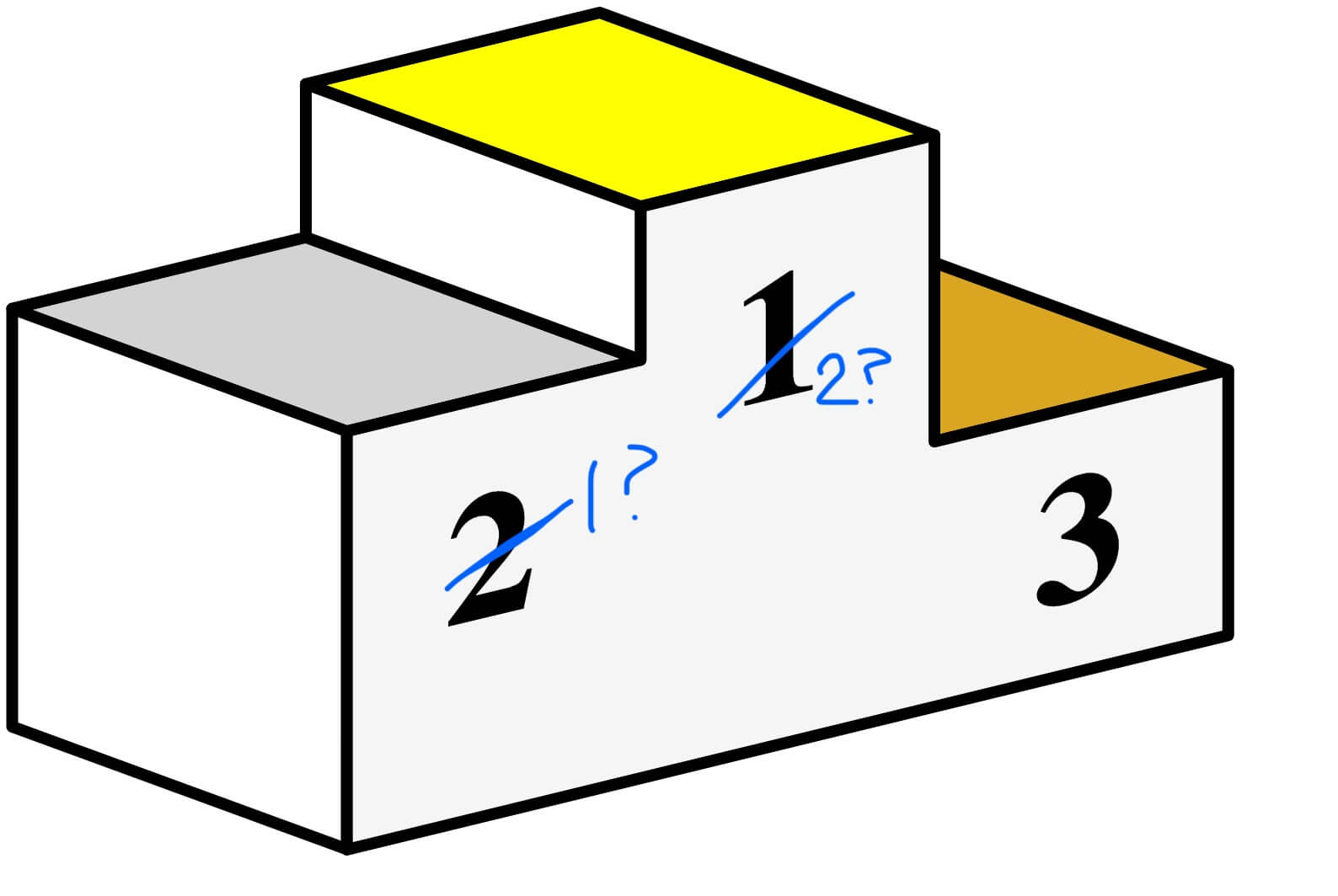Welcome to a/symmetric, our weekly newsletter. Each week, we bring you news and analysis on the global industrial contest, where production is power and competition is (often) asymmetric. To receive issues over email, subscribe here.
This week:
- China’s second-mover advantage? Some brief excerpts of recent comments from Chinese AI industry players that offer insight into how they assess the competitive balance of the global AI race.
- Weekly Links Round-Up: Tariffs galore, Europe’s trade defense measures show some bite, and what’s holding up US satellite launches.
China’s second mover advantage?
China paid close attention to this week’s launch of GPT-4o. Assessments of OpenAI’s new flagship model spanned the spectrum. One Chinese investor said it was “very good, basically as expected, and not stunning.” Another observer wondered if GPT-4o further widened America’s lead on AI over China.
While we have no immediate additional thoughts to share on GPT-4o, we do want to highlight some recent remarks from Chinese AI industry players that offer insight into how China assesses the competitive dynamics of the global AI race. The points they make complement our recent analyses of China’s AI strategy, and China’s approach to innovation.
The remarks below were made at a roundtable discussion held last month. They are excerpted from a write-up published by one of the participants, DigitForce, a Beijing-based startup and provider of “data intelligence products.” Tencent currently has a 20% stake in the company.
First-mover advantage…and disadvantage
One narrative strand following last year’s launch of ChatGPT is that China is now racing to catch up, having been late to the game and left in the dust.
That framing reflects a strong belief that OpenAI (and more broadly, the US) has gained a first-mover advantage. Maybe so. But there are second-mover advantages, too.
Shi Jianping, an investor at Beijing-based Lanchi Ventures, put it this way:
“The leader has its advantages, but it also pays the cost of exploration. The speed of domestic catch-up will be accelerated, and the training resources required will be greatly reduced. Regarding chip restrictions, embargo and other issues, in fact, most large language model teams with real resources have not really encountered the biggest bottleneck in terms of computing resources. On the contrary, the financial pressure may be greater. After all, the big model is a money-burning field.”
This echoes our earlier speculation that “China may be playing a shrewd game of wait-and-see, weighing the relative costs and benefits of securing first-mover advantages versus letting the likes of OpenAI and Microsoft take huge and risky bets.”
A follow-up question then is how the US can retain and maximise its first-mover advantage. The answer likely lies in a mix of both defensive and offensive measures.
Winning on applications
A key metric of success for any technology is its application: how it’s used in industrial or commercial settings to achieve cost advantages, increased efficiencies, and market power.
As we wrote last week, China in particular excels at application-driven innovation. That means it can ride on the coattails of forerunners, then leverage what Dan Wang calls “process knowledge—the capacity to scale up whole new industries—to outcompete the United States in a widening array of strategic technologies.”
Says Jiao Ke, co-founder of AI startup Baichuan:
“We may be one step behind on the model, but we hope to be three steps ahead in the application.”
Patching up the fundamentals
Still, Chinese industry observers and players recognize that China can’t solely rely on its application-heavy prowess. Zhang Junjiu, co-founder of AI startup Intelligence Indeed says:
“Why didn’t these things [i.e., OpenAI’s LLM breakthroughs] happen in China, but abroad? I think this is the biggest gap…Therefore, I think the biggest gap lies in innovation.”
That might first require significantly ramping up funding for basic research, which makes up growing but still tiny portion of China’s overall R&D spending:
Welcome to a/symmetric, published by Force Distance Times. Each week, we bring you news and analysis on the global industrial contest, where production is power and competition is (often) asymmetric.
This week:
- China’s second-mover advantage? Some brief excerpts of recent comments from Chinese AI industry players that offer insight into how they assess the competitive balance of the global AI race.
- Weekly Links Round-Up: Tariffs galore, Europe’s trade defense measures show some bite, and what’s holding up US satellite launches.
China’s second-mover advantage?

China paid close attention to this week’s launch of GPT-4o. Assessments of OpenAI’s new flagship model spanned the spectrum. One Chinese investor said it was “very good, basically as expected, and not stunning.” Another observer wondered if GPT-4o further widened America’s lead on AI over China.
While we have no immediate additional thoughts to share on GPT-4o, we do want to highlight some recent remarks from Chinese AI industry players that offer insight into how China assesses the competitive dynamics of the global AI race. The points they make complement our recent analyses of China’s AI strategy, and China’s approach to innovation.
The remarks below were made at a roundtable discussion held last month. They are excerpted from a write-up published by one of the participants, DigitForce, a Beijing-based startup and provider of “data intelligence products.” Tencent currently has a 20% stake in the company.
First-mover advantage…and disadvantage
One narrative strand following last year’s launch of ChatGPT is that China is now racing to catch up, having been late to the game and left in the dust.
That framing reflects a strong belief that OpenAI (and more broadly, the US) has gained a first-mover advantage. Maybe so. But there second-mover advantages, too.
Shi Jianping, an investor at Beijing-based Lanchi Ventures, put it this way:
“The leader has its advantages, but it also pays the cost of exploration. The speed of domestic catch-up will be accelerated, and the training resources required will be greatly reduced. Regarding chip restrictions, embargo and other issues, in fact, most large language model teams with real resources have not really encountered the biggest bottleneck in terms of computing resources. On the contrary, the financial pressure may be greater. After all, the big model is a money-burning field.”
This echoes our earlier speculation that “China may be playing a shrewd game of wait-and-see, weighing the relative costs and benefits of securing first-mover advantages versus letting the likes of OpenAI and Microsoft take huge and risky bets.”
A follow-up question then is how the US can retain and maximise its first-mover advantage. The answer likely lies in a mix of both defensive and offensive measures.
Winning on applications
A key metric of success for any technology is its application: how it’s used in industrial or commercial settings to achieve cost advantages, increased efficiencies, and market power.
As we wrote last week, China in particular excels at application-driven innovation. That means it can ride on the coattails of forerunners, then leverage what Dan Wang calls “process knowledge—the capacity to scale up whole new industries—to outcompete the United States in a widening array of strategic technologies.”
Says Jiao Ke, co-founder of AI startup Baichuan:
“We may be one step behind on the model, but we hope to be three steps ahead in the application.”
Patching up the fundamentals
Still, Chinese industry observers and players recognize that China can’t solely rely on its application-heavy prowess. Zhang Junjiu, co-founder of AI startup Intelligence Indeed says:
“Why didn’t these things [i.e., OpenAI’s LLM breakthroughs] happen in China, but abroad? I think this is the biggest gap…Therefore, I think the biggest gap lies in innovation.”
That might first require significantly ramping up funding for basic research, which makes up growing but still tiny portion of China’s overall R&D spending:

Weekly Links Round-Up
️ A dozen-plus looks at the newest US tariffs on Chinese imports from Robinson Meyer, touching on industrial history, strategy, and policy.
He writes that an “important aspect of Hamiltonian industrial policy is certainty…This China has in gobs, and the United States lacks.” That’s largely true: China’s top-down, long-term policy planning created stable demand signals and market conditions for nascent industries like solar and EVs to take shape. But the inherent opacity in the Chinese system also brings uncertainty in spades; Beijing’s 2021 Big Tech crackdown and chaotic zero-Covid policies are Exhibit A.
Meyer also highlights the importance of a robust American EV industry for the nation’s military strength. The motorization of war underscores this point. Plus, “energy technologies can drive surprising military innovations.” (Heatmap)
️ The EU’s foreign subsidies regulation is working. Or at least, it’s achieving some immediate degree of deterrent effect. Just six weeks after Brussels launched two probes into two Chinese bidders vying for contracts in a solar project in Romania, the two Chinese firms have pulled out of the public procurement tender.
One takeaway? Reducing carbon emissions, ensuring energy security, and boosting industrial competitiveness aren’t mutually exclusive goals, says Thierry Bretton, the EU’s top official overseeing industrial affairs. (France 24)
️ The Pentagon frets over America’s satellite launch capabilities. A senior Air Force official says he is “concerned” with United Launch Alliance’s slow pace of scaling rocket manufacturing. ULA is a joint venture of Boeing and Lockheed Martin, and is the US government’s primary launch providers for national security satellites. Building and launching rockets is critical to Washington’s efforts to counter China in a space environment that’s increasingly “contested, congested and competitive.” (Washington Post)
(Photo adapted from Kilom691/Wikimedia Commons)
(Photo via Wuhan Municipal Government)




